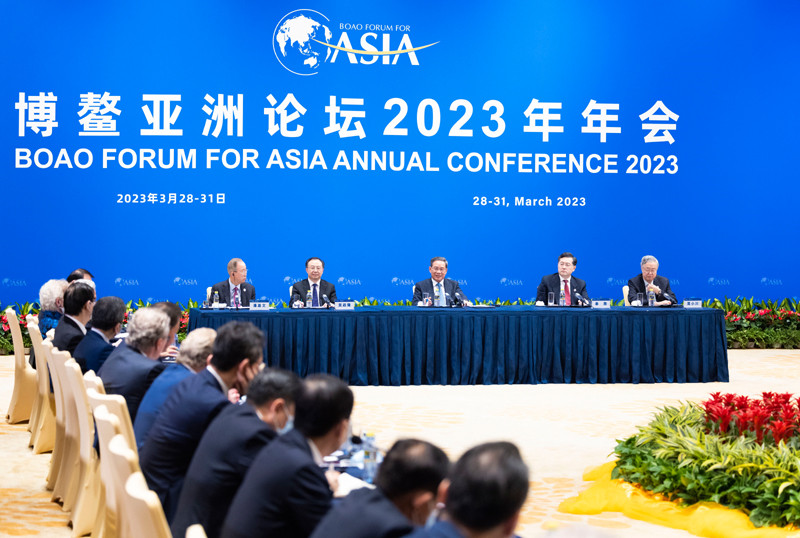 China has been providing large loans to developing countries through its Belt and Road Initiative. However, some of these loans have turned into “Belt and Road bad loans,” where the borrowing countries struggle to repay the loans, leading to concerns of debt distress. According to recent reports, China has granted billions of dollars in bailouts to some of these countries.
China has been providing large loans to developing countries through its Belt and Road Initiative. However, some of these loans have turned into “Belt and Road bad loans,” where the borrowing countries struggle to repay the loans, leading to concerns of debt distress. According to recent reports, China has granted billions of dollars in bailouts to some of these countries.
Between 2000 and 2021, China loaned out an estimated $462 billion to developing countries through its Belt and Road Initiative. However, as some of these projects have faced financial difficulties, China has had to step in and provide financial support. Reports suggest that China has granted $240 billion in bailout funds to countries struggling to repay their loans.
The exact number of “Belt and Road bad loans” is unclear, but concerns have been raised about the sustainability of some projects. For example, Sri Lanka struggled to repay its debt to China for the construction of a deep-water port in Hambantota. As a result, Sri Lanka handed over control of the port to China on a 99-year lease.
Other countries, such as Pakistan and Venezuela, have also reportedly struggled to repay their loans to China. In response, China has provided financial support through measures such as debt restructuring, refinancing, and loan forgiveness.
The issue of “Belt and Road bad loans” has raised concerns about China’s lending practices and its impact on the borrowing countries’ economies. Critics argue that China’s loans often come with high interest rates and strict conditions, leading to unsustainable debt burdens for developing countries. However, supporters argue that China’s loans provide much-needed infrastructure development for these countries.
Overall, the issue of “Belt and Road bad loans” remains a contentious issue in international development, and the long-term implications of China’s lending practices are still uncertain.



